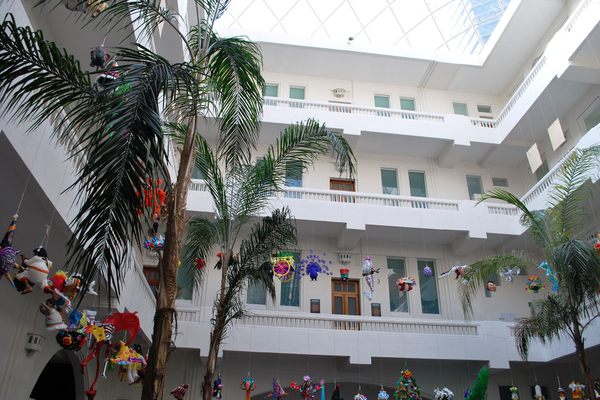Croatian Museum of Naïve Art
An eclectic art form practiced by untrained masters is celebrated at this museum in the heart of Zagreb's old Upper Town.
As the 20th century approached and Western art became progressively more formalized, institutionalized, and academic, a contrary movement arose that acted as a democratic counterweight to the rarified mainstream.
Rather than being abstract, ecstatic, or spontaneous, however, the art form, now called Naïve art, focused on the work of self-taught painters and sculptors who developed their own unique style as they developed their craft.
The Croatian Museum of Naïve Art began life on November 1, 1952, as the Peasant Art Gallery. Its name was subsequently changed in 1956 to the Gallery of Primitive Art, and finally in 1994 to its current moniker. Clearly, it was an outsider art genre that struggled with nomenclature, but since its “official” arrival on the scene in the late 19th century, it had quickly gained popularity for its striking colors, atypical perspectives (both physical and political), uncomplicated presentation, and frequently strong emotional content.
Naïve art became particularly popular in Croatia, where working- and middle-class people from the villages and countryside created the artwork that would form the first two major schools (the Earth Group and the Hlebine School) recognized in the movement. As the genre developed to include subjects from the rural or urban, the pastoral or political, and to encompass styles from poetic realism to romantic to surreal, the source always remained the same: autodidactic artists who, through untutored practice, created a refined style of their very own.It thus comes as little surprise that the Croatian Museum of Naïve Art was the first naïve art museum in the world holds 1,850 different paintings, sculptures, drawings and prints by (mostly Croatian) masters of the genre. However, the exhibition space is small — consisting of only 350 square meters on the first floor of the 18th-century Raffay Palace — thus allowing only 80 works to be on display at any time.

































Follow us on Twitter to get the latest on the world's hidden wonders.
Like us on Facebook to get the latest on the world's hidden wonders.
Follow us on Twitter Like us on Facebook